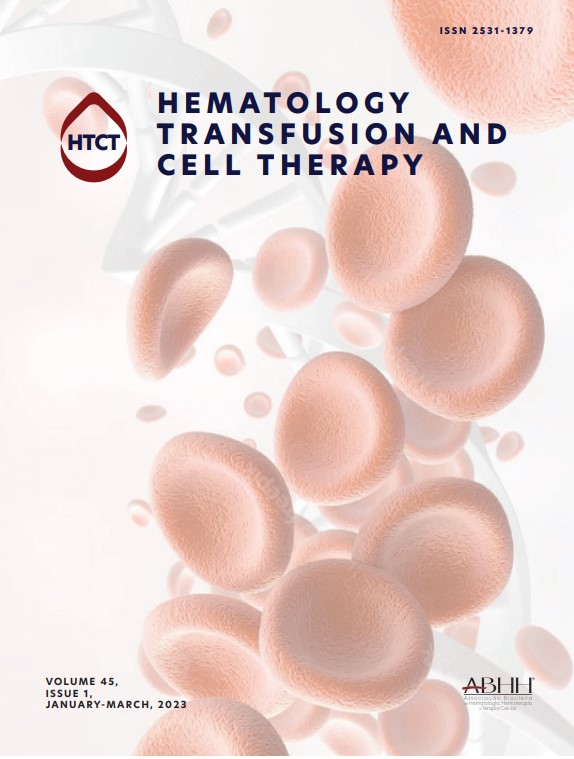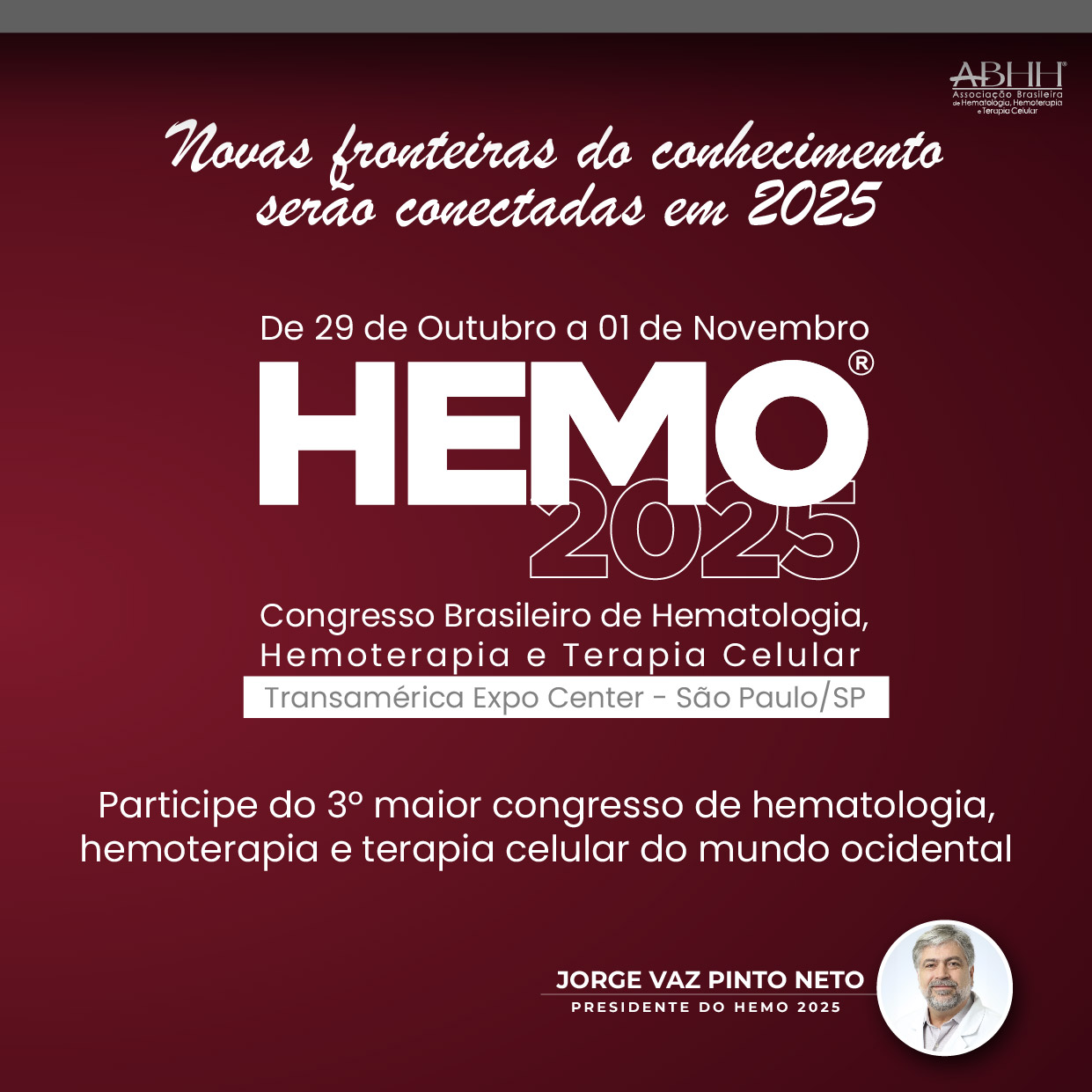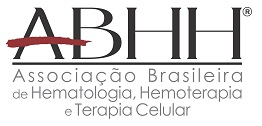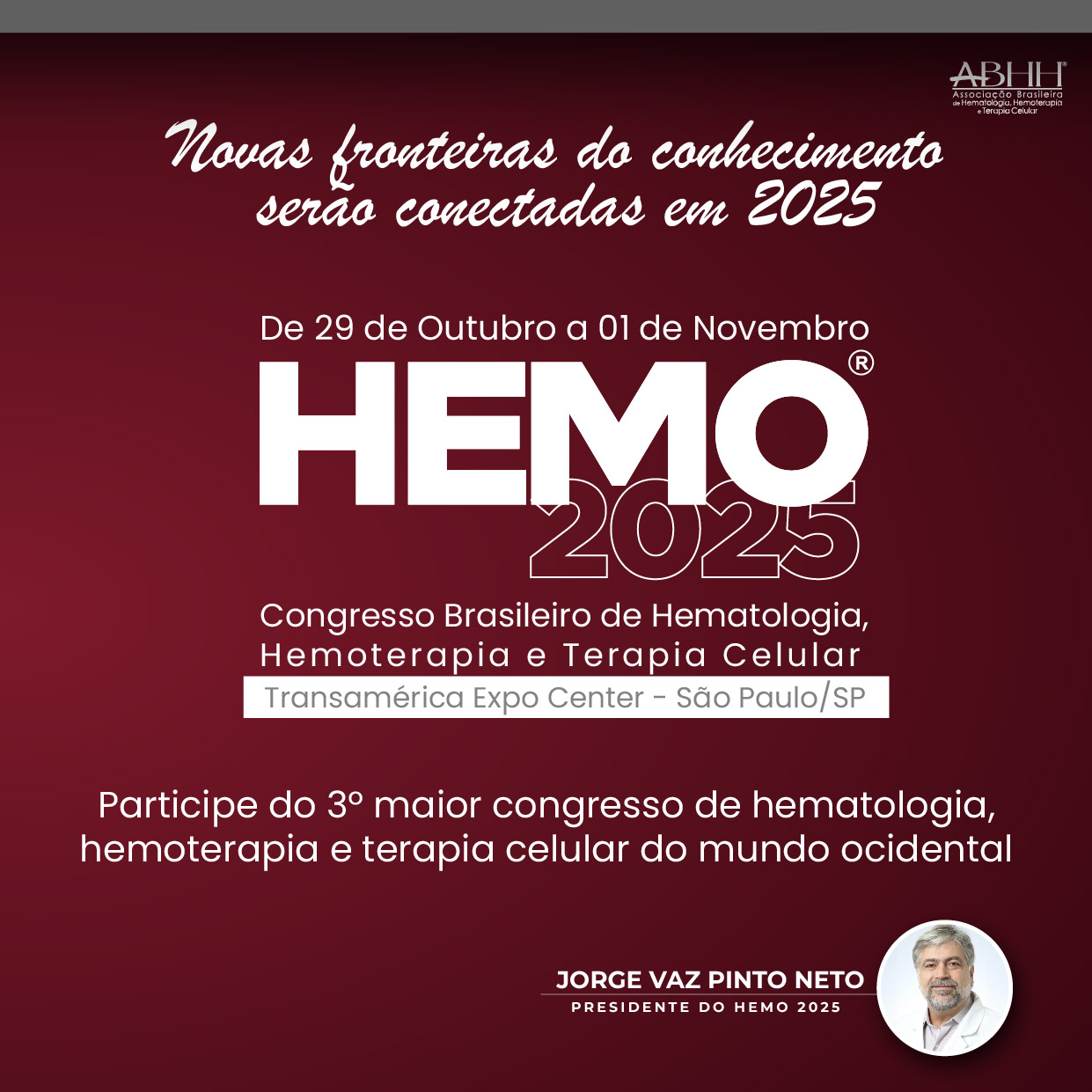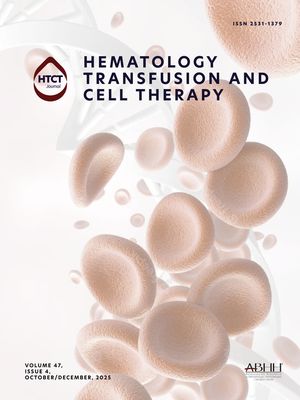
Hematology Specialist Association 18. National Congress
Mais dadosHemophagocytic lymphohistiocytosis (HLH) is an aggressive and life-threatening increased inflammatory syndrome characterized by over-activation of the immune system. Although it is more common in the first years of life, it can be seen in children and adults of all ages. HLH is divided into primary (familial) and secondary (sporadic). Secondary HLH may be associated with malignancy, rheumatologic diseases, chemotherapy or immunosuppressive therapies, but the most common cause is infections. Many viral, bacterial, fungal and protozoa infections can be triggers for both secondary and familial HLH. A 7-year-old male patient was admitted to our clinic with complaints of fever, malaise and anorexia. Blood tests revealed WBC:2260/mm3, Hb:7.1 g/dL, ANS:920/mm3, Platelets:41.000/mm3, Fibrinogen:127 mg/dL, Triglycerides:247 mg/dL, Ferritin:687 ng/mL and splenomegaly on physical examination. Bone marrow aspiration (BMA) examination revealed hemophagocytosis. HLH was diagnosed according to HLH-2004 criteria and HLH-2004 protocol including dexamethasone and cyclosporine treatment was started. Fever, cytopenia and splenomegaly developed again during outpatient follow-up of the patient who responded adequately to the treatment. Ferritin level increased above 3000 ng/mL and another BMA was performed. This time, amastigotes were seen in addition to hemophagocytosis in the BMA evaluation. Leishmania rapid diagnostic test (RK-39) and PCR were positive. Liposomal amphotericin B treatment failed to elicit an adequate response. Meglumine Antimoniate (Glucantime) treatment was then initiated. No mutation was detected in the HLH genetic examination sent at the time of the initial diagnosis. At the end of 4 weeks of treatment, PCR was negative and clinical improvement was seen. Visceral leishmaniasis (kala-azar) is an infectious disease caused by Leishmania donovani and Leishmania infantum and causes secondary HLH. In cases where there is no response to HLH treatment, evaluation for leishmania should be performed if it has not been done before. If diagnosed early, patients may recover with antileishmanial treatment alone.
In cases of visceral leishmaniasis presenting with the hemophagocytic syndrome, if no response to amphotericin B treatment is obtained, Meglumine Antimoniate treatment should be considered for complete clinical recovery improvement.

